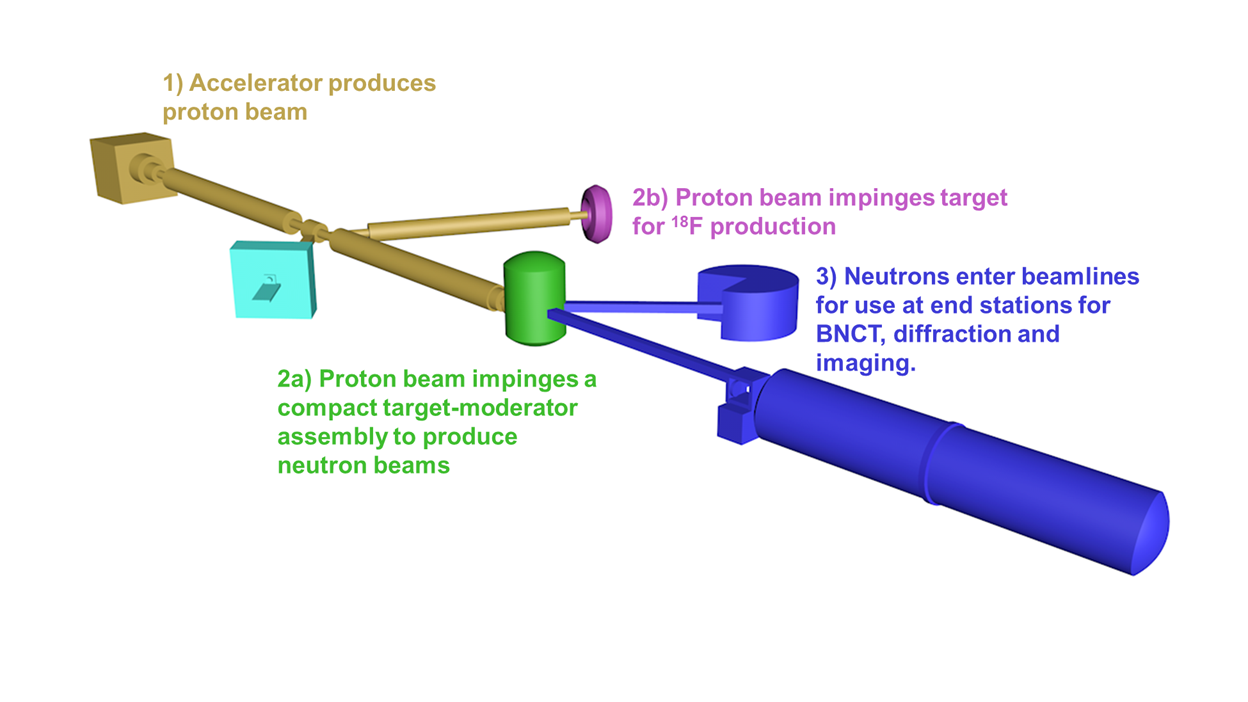CANS Initiative

The goal of this project is to carry out a design and feasibility study of a compact accelerator-based neutron source (CANS) that would be optimized for materials research using neutron beams. The CANS would be the centrepiece of the proposed Windsor Centre for Neutron Research and Therapeutics, a core facility that would provide access to neutrons for researchers across Canada as well as the university. Neutron beams are an essential part of the 21st century toolkit for the science and engineering of materials. Common applications of neutron beams include the study of new materials for energy and information technologies, of light-weighting technology for critical parts in cars and airplanes, and the study of biomolecules in our own bodies with implications for maintaining health or treating disease. Following the closure of the National Research Universal (NRU) reactor at Chalk River in March 2018, Canada now has no high intensity neutron source and no national user facility for neutron beam research. As a result, Canadian researchers are at risk of losing access to a fundamental tool for materials research and a Nobel prize-winning experimental technique that was pioneered in Canada in the 1950s and 60s and which continues to be of crucial importance today.

We propose to address this problem by exploring the technical design requirements for a national Canadian neutron beam facility based on CANS technology. Compact Accelerator-based Neutron Sources are an alternative technology for producing neutron beams, which offer a number of significant advantages compared to large scale nuclear reactor and spallation neutron sources. CANS technology is modular, highly tuneable, and dramatically less expensive than other methods of neutron production. Although highly promising in principle, there have been relatively few attempts to implement CANS on a useful, practical scale. However, this option is now being actively pursued in Europe, with high brightness CANS projects underway in France and Germany. This type of small, bright, neutron source could be built on a university campus, and would provide an invaluable facility for teaching and faculty-led research. Alternatively, a CANS could be tailored as a high demand “workhorse” facility, serving a much wider research community on the regional or national scale.
A CANS consists of four major components: (1) a proton accelerator, (2) the target for the proton beam that acts as a proton-to-neutron converter, (3) a neutron moderator, and (4) neutron beamlines leading to instruments for research or industrial use. The first three serve to produce the neutrons and get them into the energy state suitable for materials research experiments. The target and moderator are both located within a compact assembly called the “target station,” which is the neutron source.